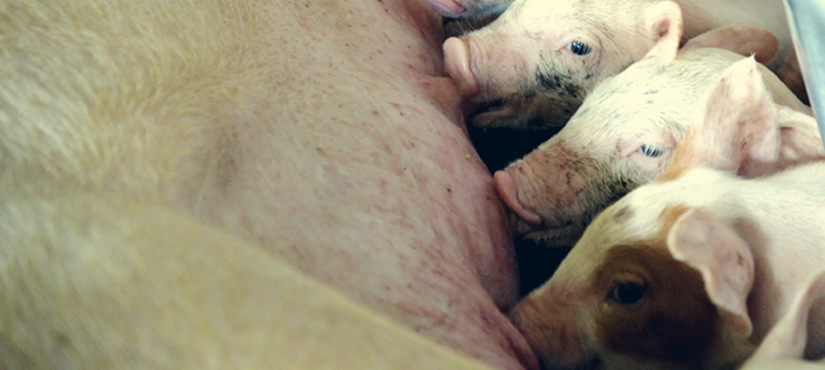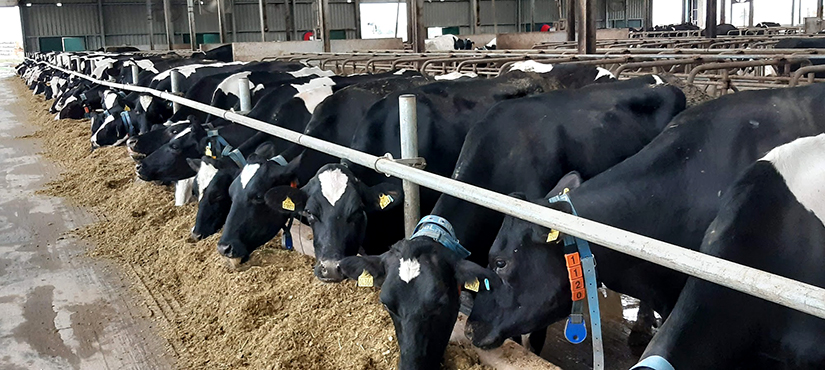Stockbreeding
Livestock production at Delta Agrar includes pig production and milk production.
Pig production takes place on our 4 farms and through cooperation with external farms. The total annual production is over 115,000 pigs, intended for domestic retail chains. The primary goal of pig farming is to achieve the best production results when it comes to the production of fatteners with a high percentage of meat intended for the market.
Milk production takes place on 2 farms with a total annual production of around 17,000,000 liters of milk. The primary goal of the cattle sector is the production of high quality milk.

Pig production
Pig production takes place on 4 Delta Agrar farms and through cooperation with external individual farms. Delta Agrar farms are:
- Nukleus and Artificial Insemination (AI) centar – Stara Pazova
- Petrović salaš - Stara Pazova
- Vladimirovac
- Kozara - Banatsko Veliko Selo
The basis of successful and profitable pig production is the Nucleus Multiplication Farm in Stara Pazova with GGP-GP sows of high genetic potential from DanBred, a well-known pig genetics company, as well as the AI center with 75 top boars. The projected capacity of the Nucleus Farm is 400 GGP-GP sows. Nucleus Farm produces highly productive gilts that are used for replacement of the head on all farms in Delta Agrar.
Farms Petrović salaš has a complete production process and their final products are fatteners.
Farms Vladimirovac and Kozara produce piglets for further fattening. One part of the piglets is further fattened in cooperation, and the other part is produced for the sale on the Serbian market.
All farms within Delta Agrar are built in a way that represents a prototype of how all farms will be built in the future. The space is so designed to allow for maximum results in production with good management and top genetics. All daily operations follow environmental protection standards, animal husbandry standards and are in accordance with EU regulations.

Milk production
On its farms, Delta Agrar uses the latest equipment, which monitors the milking of the cows and the herd movement in order to provide all the necessary preconditions for producing the highest quality milk and to ensure an increase of milk production per cow. For this reason, Delta Agrar introduced the principle of Danish genetics. This principle ensures the manifestation of genetic potential for high milk production and a better selection process which aims to not only monitor cows and milk production but also improve the chemical composition of milk.
Milk production is organized on two locations:
Topola Farm
Currently, the farm has 605 dairy cows and breeding heads of different categories (breeding heifers and female calves). The annual production plan is around 6,000,000 liters of milk. The racial composition Black Holstein.
Napredak Stara Pazova Farm
At the moment, the farm has 1,116 dairy cows and breeding heads of various categories (breeding heifers and female calves). The annual production plan is around 11,000,000 liters of milk per year. The racial composition is Black Holstein, Danish genetics - Vikinggenetics.
Delta Agrar produces quality bulk and concentrated fodder for the needs of its dairy farms. The production of quality food on an annual level has enabled the continuity of the production process as the cattle receives the same meal every day and the nutritional value of the food follows the production phases. It is important to point out is that this model provides a good source of protein and energy from a quality coarse meal. This way we reduce the livestock concentrate used in the meals of high producing dairy cows which can amount to 35-50% and consequently affect the cost of milk.

